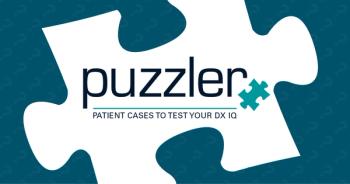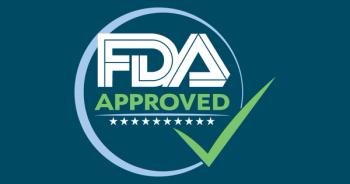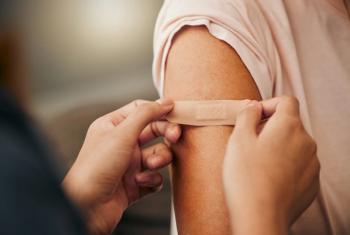
Remote monitoring expands possibilities for pediatric care, with Alisa Niksch, MD
Remote monitoring in pediatrics shows promise for improving outcomes, but device design, workflow integration, and reimbursement remain key.
Remote patient monitoring platforms have historically provided clinicians with excessive amounts of data, often making care more difficult. “Physicians, there are workflows. We have too much data in too many different places just to get through the workday,” said Alisa Niksch, MD, Senior Director of Medical Affairs for
Niksch emphasized the importance of designing interfaces that align with clinician priorities, allowing data from wearable and monitoring technologies to contribute to clinical decision-making without overwhelming providers.
Bridging hospital and home for high-risk newborns
Pediatric-focused device development has lagged due to market limitations, leaving clinicians to rely on adult-designed equipment. “As a pediatric practitioner myself, I used a lot of adult designed devices in a population where it really didn’t fit very well from a size or physiologic perspective,” Niksch said.
For high-risk infants, many existing devices are outdated, wired, or require significant parental effort to collect and transfer data. Despite these challenges, evidence shows that remote patient monitoring has improved outcomes, including survival for interstage single ventricle cardiac patients and weaning from home oxygen. Niksch noted that newer technologies are designed to be less burdensome for families while still supporting research and clinical outcomes.
Reimbursement considerations
The adoption of pediatric remote monitoring is closely tied to reimbursement. Devices such as pulse oximeters already have existing billing codes, while new technologies may require the development of additional codes. “From a remote patient monitoring perspective, there are existing CPT codes that CMS has established for various tasks related to remote patient monitoring and specifically physician work,” Niksch explained. These codes vary based on insurer and region, but reimbursement opportunities do exist.
Opportunities and challenges ahead
Adoption of remote patient monitoring in pediatrics faces hurdles. Some devices lack wireless connectivity, limiting innovation. Health systems may also hesitate to invest in remote monitoring due to relatively low patient volumes, despite growing evidence of economic and clinical benefits.
Pediatricians may be more reluctant to adopt remote monitoring compared with other specialties because of limited exposure to available devices. However, data supporting clinical outcomes continues to build, and reimbursement structures are becoming clearer. Parents are also seeking easier-to-use technologies that reduce manual data entry. “So many parents are looking for technologies that don’t have wires, don’t have adhesives, are easier to use, have a passive data flow,” Niksch said.
Disclosure:
Niksch is the senior director of medical affairs for Owlet Baby Care.
Newsletter
Access practical, evidence-based guidance to support better care for our youngest patients. Join our email list for the latest clinical updates.










